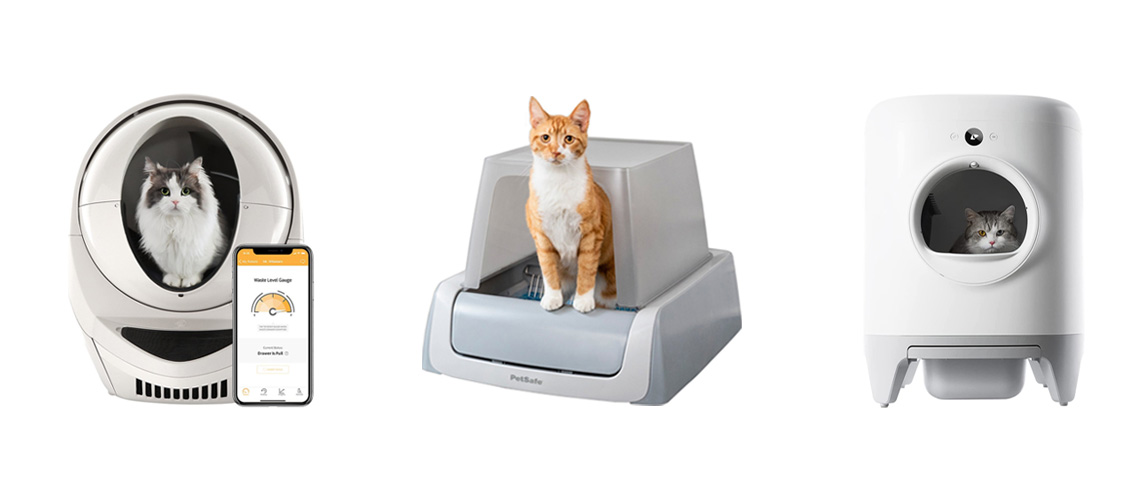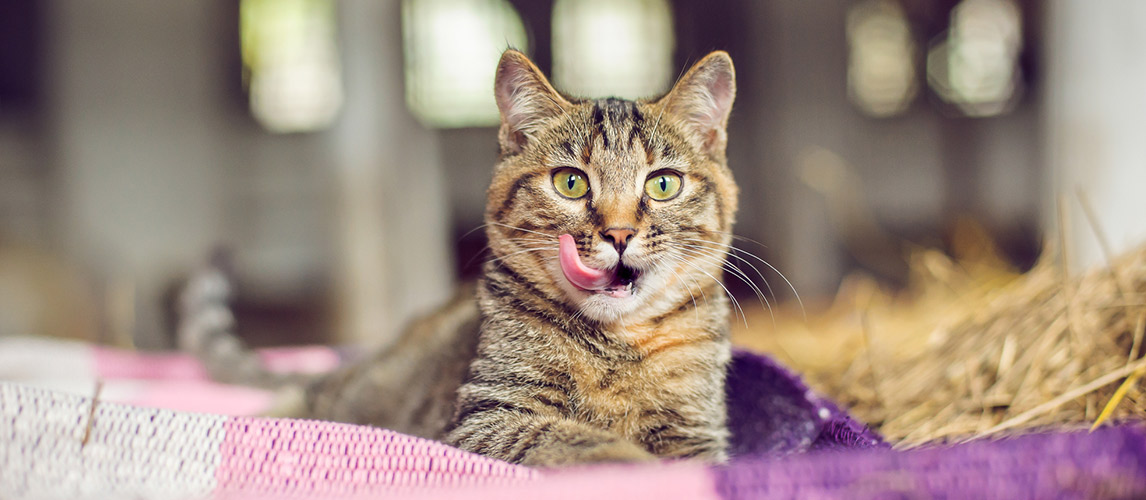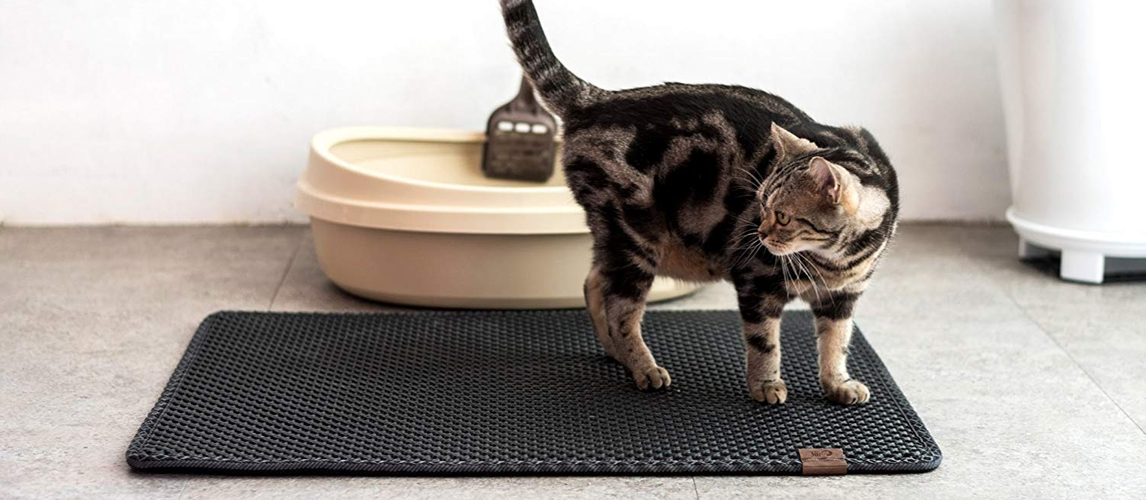Litter training is an important aspect of being a responsible cat owner; unless of course, you don’t mind your house smelling like a zoo. However, equally important is the timing of the training. Doing it too late will mean that the cat already has a target scent with which it can zero-in its nose to defecate and urinate. Hence it is crucial that you litter train your cat as soon as it arrives in your home. Here are 5 guaranteed steps to doing this effectively.
Choose the Right Litter Box
Picking the right cat litter box is one of the most important steps to effective feline litter training. Cats don’t actually care whether you’re spending a fortune on their litter box or whether it matches the rest of your interior décor. What matters to your pet is that the contraption is very easy and comfy to use. This is something that most pet parents fail miserably at. They think that the features they have in their toilet bowls should also be present in the potty of the feline friends. Some even come with toilet bowl flush-like mechanism.
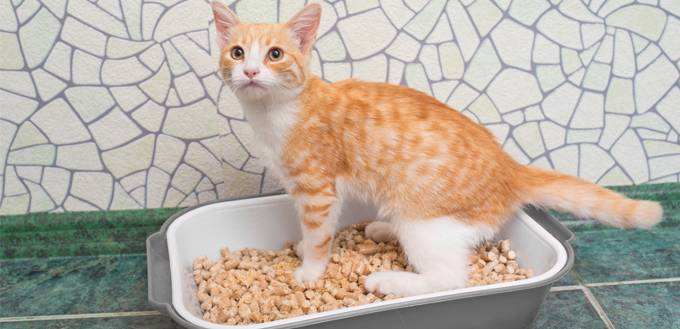
Unfortunately, these so-called ‘features’ are the result of our own machinations, of what ‘we’ want for our cats and not necessarily what ‘they’ really want. All cats need is a dedicated space that is easy to get on and get off when it is time to go. However, it should also be able to keep the litter within the receptacle.
Choose the Correct Litter
The second most critical step to litter training is choosing the right litter. What felines love are substances that feel perfect underneath their paws. They love to dig so the easier it is for them to do so the better it is for them. Cat litters come in different types. The most common is clay because of its exceptional absorbent properties. There are newer substrates, however; each one has its strong points and weak ones. The point is to take your cue from your kitty. As we have already said, cats love substances that feel good underneath their paws and will not leave any scent on their potty.
Take a look at our guide on Litter for Kittens.
Strategize on the Locations for the Litter Boxes
Our feline pals have their own preferences when it comes to defecating. Just as you would like to maintain some form of privacy while you’re doing your thing, your pet cat would also want some privacy when it is releasing its excrements. They prefer someplace quieter so they can concentrate on passing their stools. They also hate when they feel like being boxed-in. It is, therefore important to determine the best places to put the litter boxes in, someplace where there is minimal foot traffic, quiet, and far from their dining area are ideal places to put kitty potties.
- Determine the most appropriate number of litter boxes.
If you have only one cat in your household, then you only need one potty. However, if you have more than one kitty, always observe a 1:1 ratio. That means 5 kitties in your household will also mean 5 litter boxes strategically located around the house where each cat will usually be trained to defecate.
Demonstrate How Your Cat Can Use the Litter Box
Let us just say the preliminaries to litter training are completed when you’re ready to engage your kitty for its very first training session. Like all trainable pets, you have to go slow when teaching your cat how to use the litter box. Timing is very important as well as the copious use of positive reinforcement.
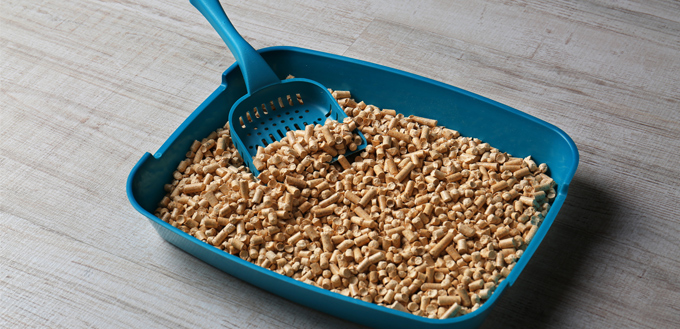
To go about the litter training, always scoop your cat to its potty box after every meal, after playtime, or after naptime. You can also entice your kitty to come to you at the litter box. Place your kitty inside the box and simulate scratching the litter as if demonstrating to your kitty that it’s fun ‘digging’ into the litter. If it mimics your action, praise and offer cat treats. If your kitty passes stool or even urinates, give positive reinforcement as well. Once it’s done, just let your cat find its way out of the litter box. This way it will know where and how to go about its usual business. To aid in memory retention, leave some of its poop in the litter box so the scent will serve like a magnet for your kitty’s nose.
While these steps are guaranteed to work, the amount of time needed to accomplish each step varies from cat to cat. Patience, as always, is needed when training our pets, especially feline litter training.
You may also like our article on: Cat Toilet Training and 7 Reasons Why You Shouldn’t Do It!
Sources:
- Matt Wildman, Setting Your Cat Up For Litter Box Success, The Humane Society
- Litter Box Problems, The ASPCA
- Cat Not Using Litter Box: Causes and Solutions, Best Friends Animal Society



